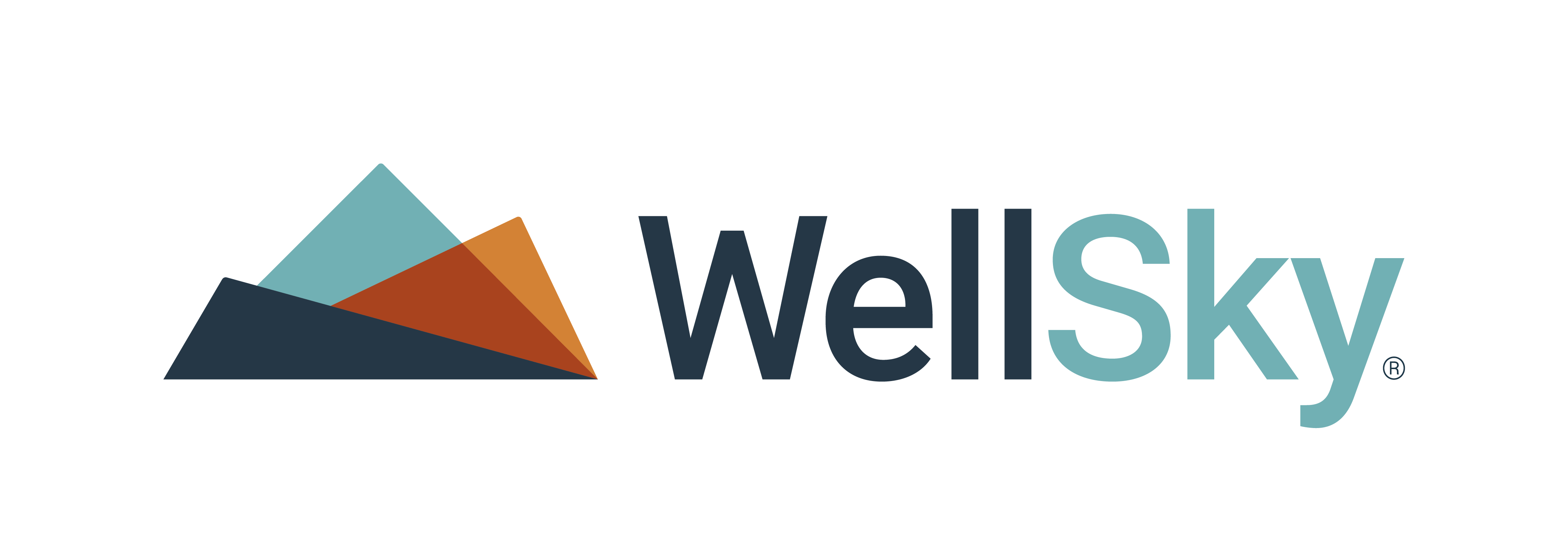 The number of Americans who need long-term care is expected to double from 2000 to 2050, according to a ASPE National Health Interview Survey. Currently, informal (unpaid) caregivers, such as loved ones, bear the majority of this burden. Elderly patients who have been hospitalized for an extended period often require medical attention following their discharge from the hospital — something which can be difficult to navigate without the right help. There’s a growing industry dedicated to bridging the rocky divide between in-hospital care and institutional, assisted living. Respite care, as indicated by the name, is a healthcare service designed to relieve primary caregivers during a difficult period of transition with an ad hoc visit, or simply to offer them some much needed assistance.
The number of Americans who need long-term care is expected to double from 2000 to 2050, according to a ASPE National Health Interview Survey. Currently, informal (unpaid) caregivers, such as loved ones, bear the majority of this burden. Elderly patients who have been hospitalized for an extended period often require medical attention following their discharge from the hospital — something which can be difficult to navigate without the right help. There’s a growing industry dedicated to bridging the rocky divide between in-hospital care and institutional, assisted living. Respite care, as indicated by the name, is a healthcare service designed to relieve primary caregivers during a difficult period of transition with an ad hoc visit, or simply to offer them some much needed assistance.
Best Practices for Adding Respite Care To Your Agency’s Services
Respite care is in high demand, but incorporating it into your agency’s business model can be challenging. Unlike other home care services, respite care is only necessary for a finite period and is often required on short notice. “Let’s say the VA hospital discharges someone a few days early and they need respite care. Then we have to communicate with our caregiver to see if they are still free. It really boils down to when a caregiver says they have availability and if they can maintain that availability,” says Raemon Gurule, CFO of Mi Casa Home Health Care, LLC.
Organization is Key
Raemon has managed to successfully incorporate respite care into his business by using a digital scheduling system within ClearCare. With ClearCare, he automatically sends a message to multiple caregivers in his database who have indicated availability during a given timeframe. Those caregivers can respond quickly by text or email and their responses are then channeled to a single location. Furthermore, employees can browse the database for caregivers who match a client’s ideal profile, ensuring that the match is not only practical but optimal.
It helps, of course, to have a large caregiver population to draw from. Mi Casa Home Health Care currently has around 50 caregivers in its database. No matter how big or small your organization, however, the key lies in seamless schedule coordination — something that is infinitely easier when left to a computer rather than crammed into some poor soul’s personal spreadsheet.
Stay One Step Ahead With Third-Party Payers
Managing your invoicing process with third-party payers can be a hassle, especially when you are restricted by authorized hours and rates. If you invoice correctly, you can maximize your company's revenue while minimizing the impact to your clients and accounting processes.
As a rule, the more you know about the specifics of your client's payer and authorized care, the better. Stay one step ahead of the game by tracking claim type, remittance information, authorization limits and bill rate to insure that you’re submitting the correct documentation for reimbursement.Know Your Employees
It’s incredibly beneficial to have a clear idea of which caregivers employed by your company are qualified to handle different types of claims, even before those claims surface. In general, home care providers often work with more than one payer organization. If you have an idea of what other commitments your caregivers have, then it becomes easier to anticipate what days they will be available and how much time and value they can provide your organization.




